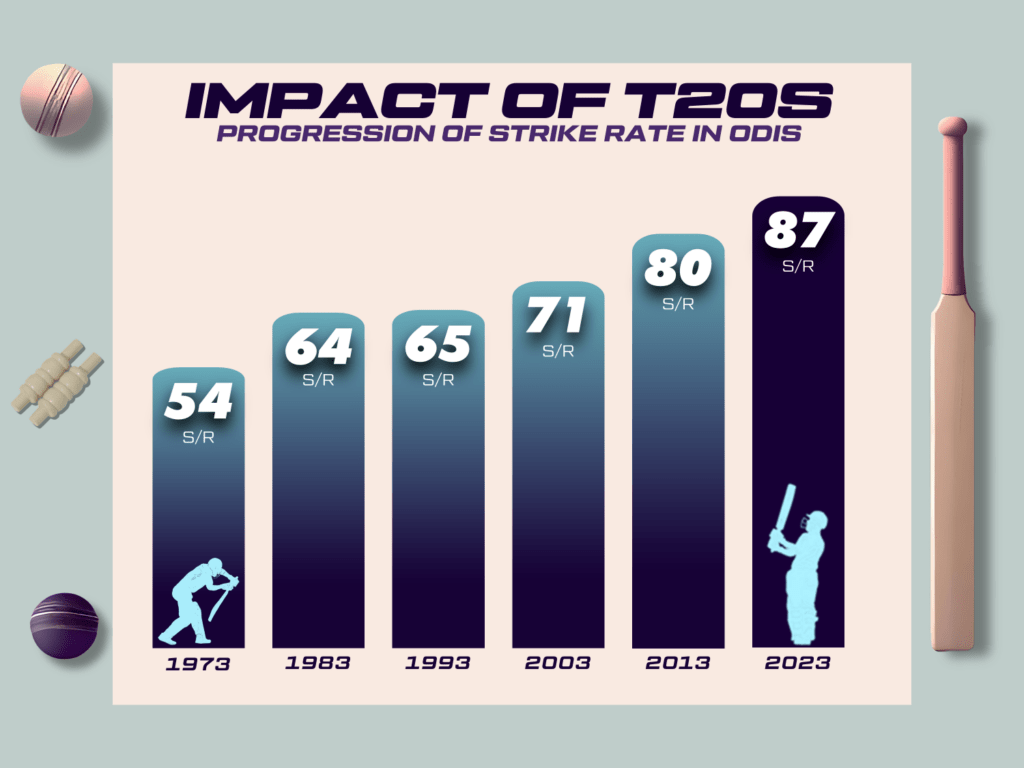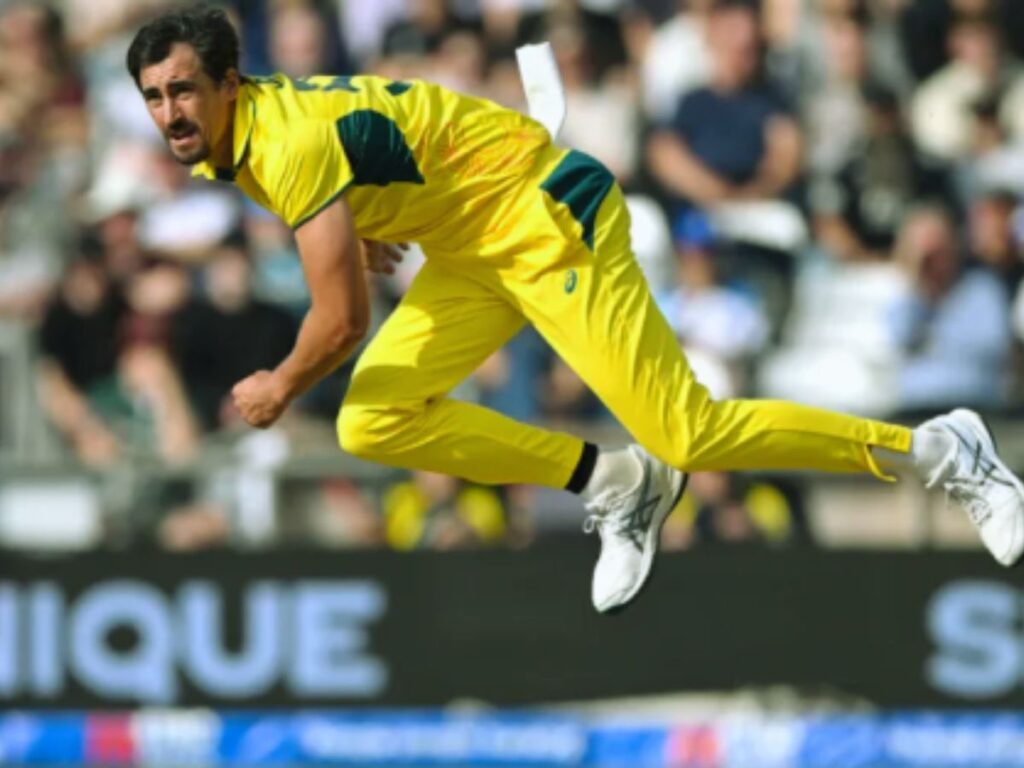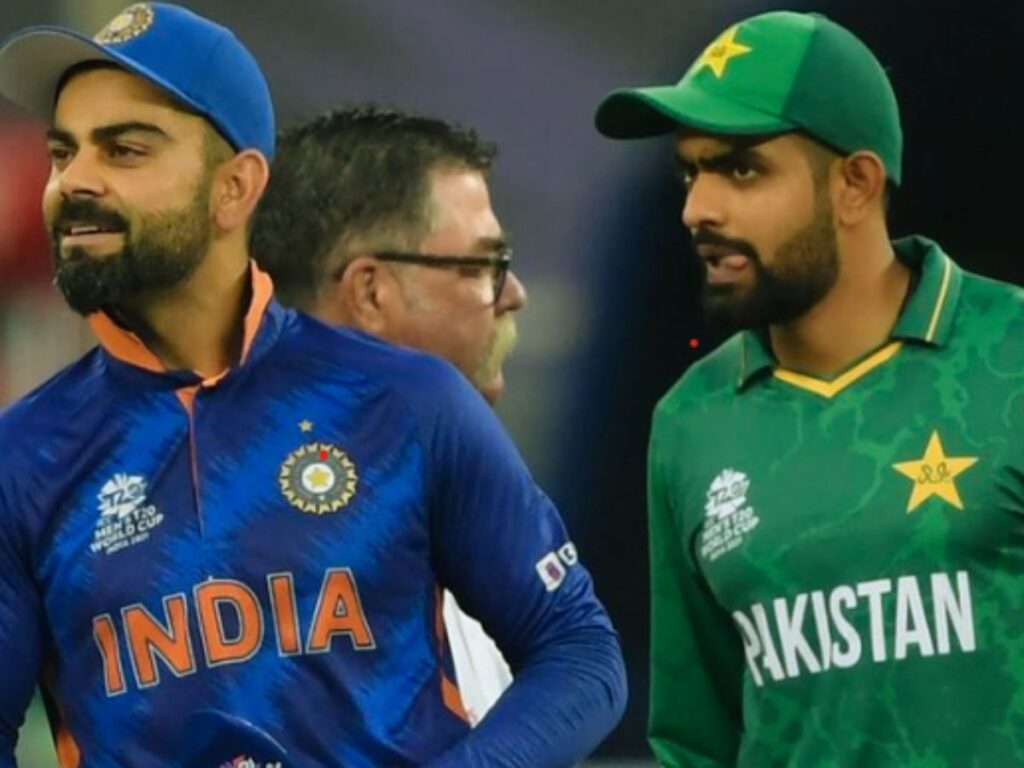Table of Contents
ToggleCricket’s Evolution: Exploring the Impact of T20 Cricket Format
Cricket, like any sport, has witnessed significant changes over time. One of the most notable transformations has been the emergence and growing popularity of the T20 cricket format. Its impact on batsmen’s performance, run rates, match lengths, and even Test cricket itself cannot be understated. In this article, we explore four intriguing statistics that shed light on the evolution of the T20 cricket format.

1. Boundary-Hitting Abilities Soar:
T20 cricket has indeed been a game-changer, particularly when it comes to the explosiveness of batsmen at the crease. To better understand the magnitude of this evolution, let’s look at the 2023 ODI season’s remarkable statistics. During this year, batsmen cleared the boundary for six runs a phenomenal 2,306 times, eclipsing the previous record by an extraordinary 1,000 sixes. This record-breaking surge is not just a testament to the raw power hitters now possess but also to the advanced techniques and aggressive mindset that T20 cricket format has fostered.
2. Record-Breaking Run Rates:
The statistics from 2023 underscore a dramatic shift in batting tactics, with strike rates reaching unprecedented levels. This is highlighted by the year’s impressive average strike rate of 87, showcasing a faster, more aggressive style of play that has redefined expectations in one-day cricket.

3. Shorter Matches, Greater Excitement:
The fearless and attacking approach of modern T20 batters has had a profound impact on the length of one-day matches. Teams are no longer playing the full 50 overs, with an average match length of 520 balls (86.4 overs) in 2023, the lowest in ODI history. This exciting shift speaks to the pace and intensity that T20 cricket has injected into the game, keeping fans on the edge of their seats throughout.
4. T20’s Influence on Test Cricket:
Interestingly, the impact of the T20 cricket format is not confined solely to limited-overs cricket. In 2023, the average run rate in Test matches reached 3.52, a figure that had never been achieved before in Test cricket history. This statistic highlights the sway of T20 cricket on the traditional format, encouraging a more aggressive style of play and resulting in fewer draws. With only 17% of Test matches ending in draws in 2023, the future of Test cricket appears to be evolving to match the excitement of T20.
While it is undeniably thrilling to witness the influence of T20 cricket on ODIs and Tests, it also raises questions about the future direction of the sport. As indicated by these statistics, the game seems to be heading towards a consolidated format, with a preference for the fast-paced, power-packed style of T20. Will cricket consolidate into a single format in the years to come? Only time will tell.









